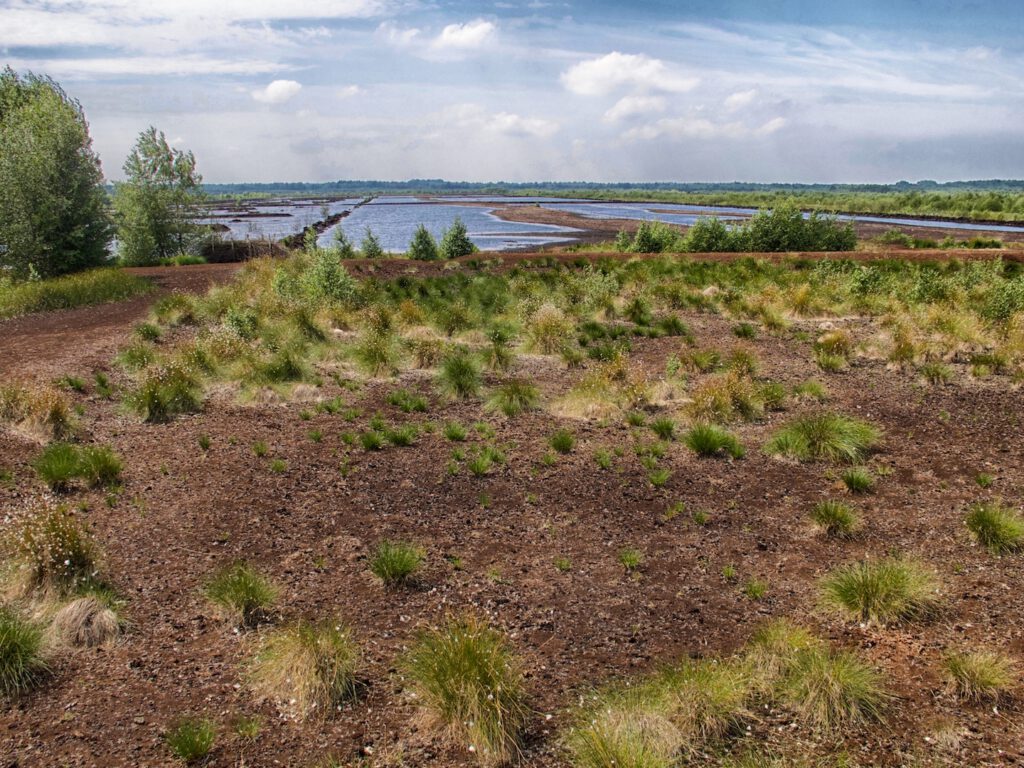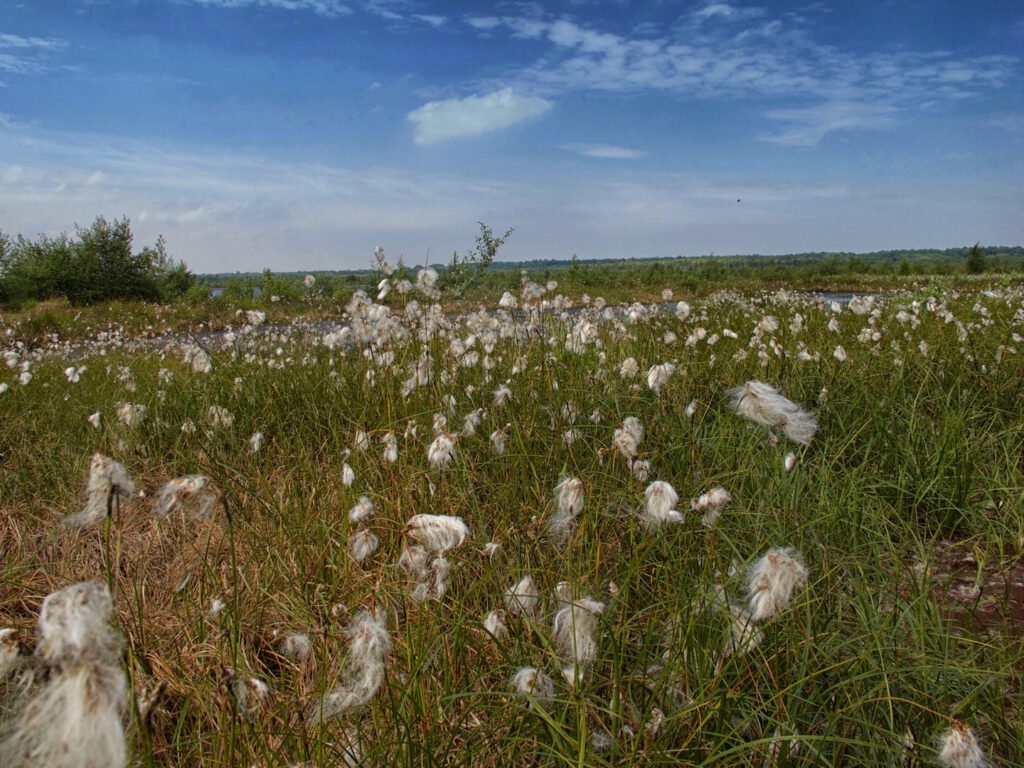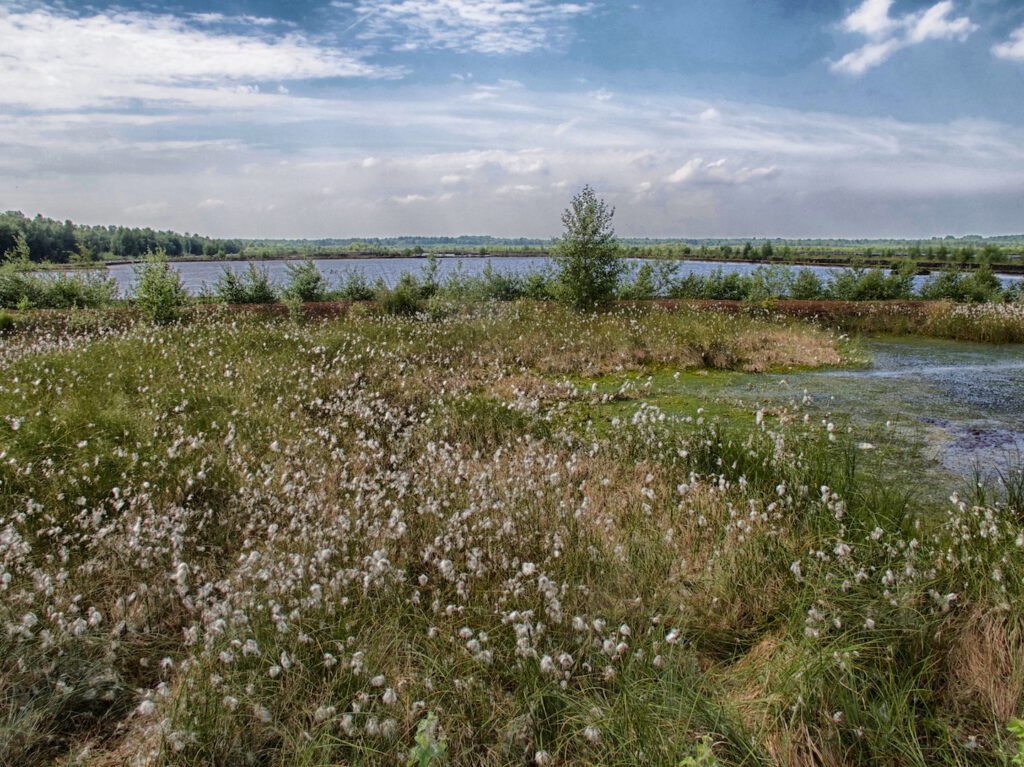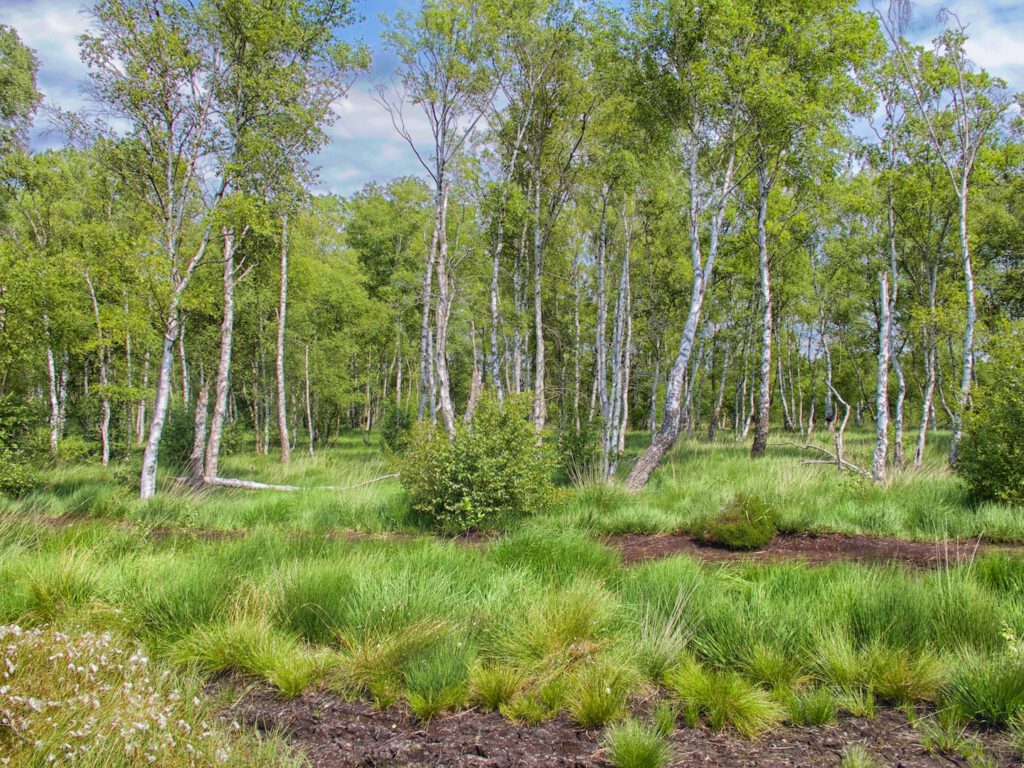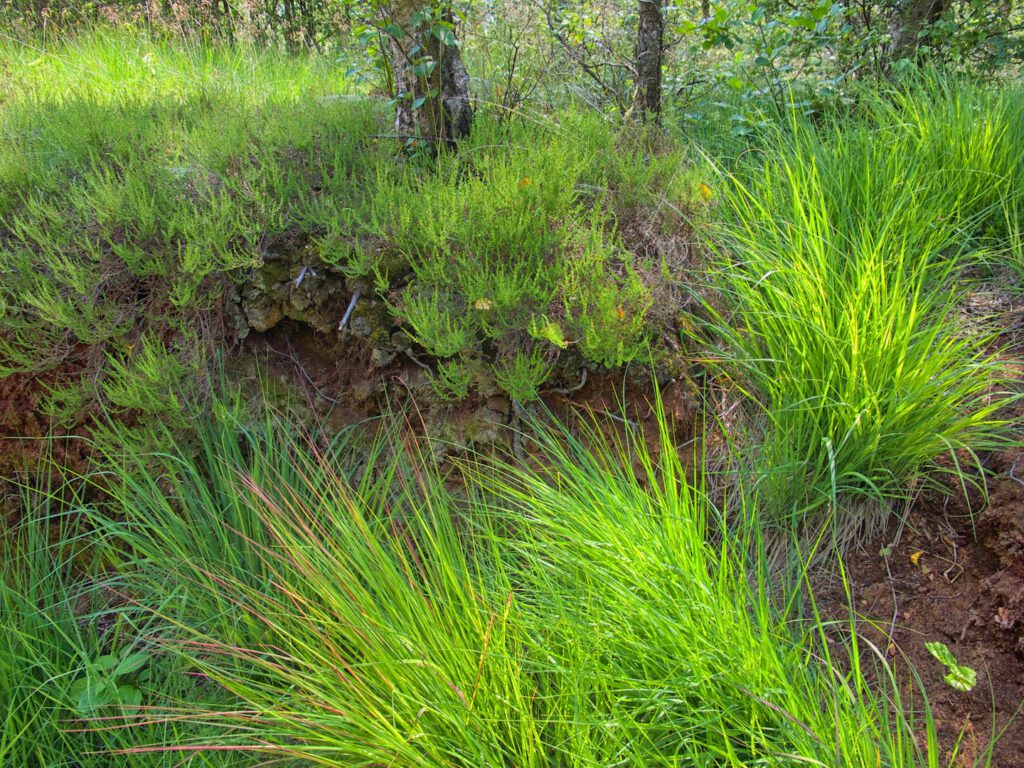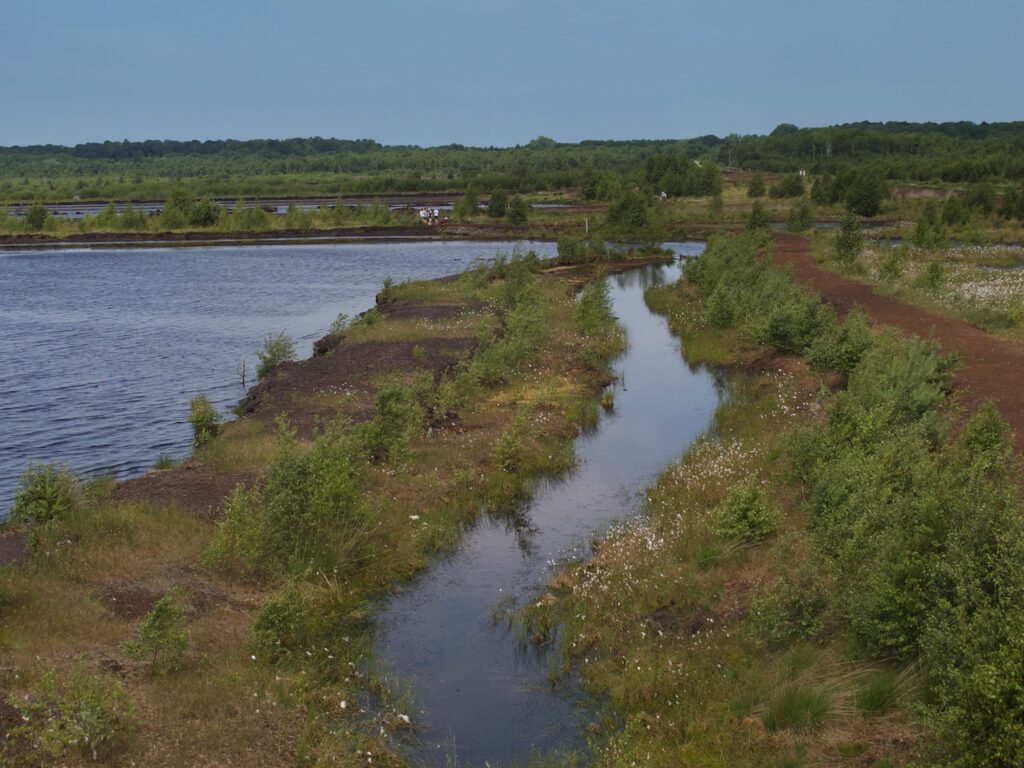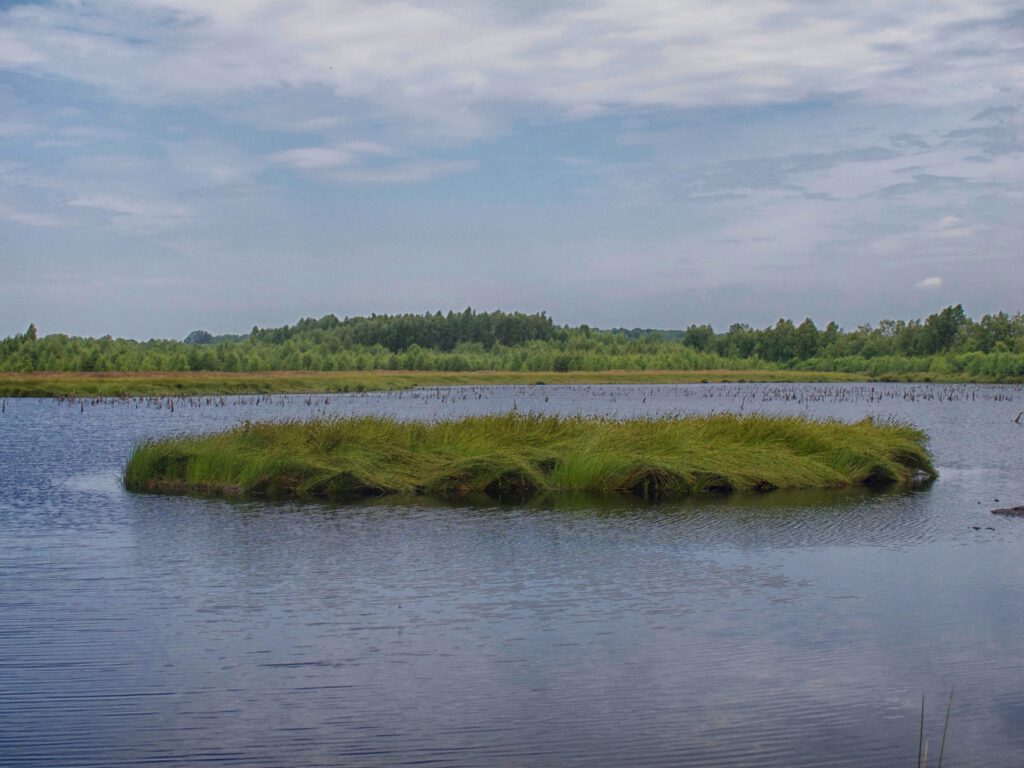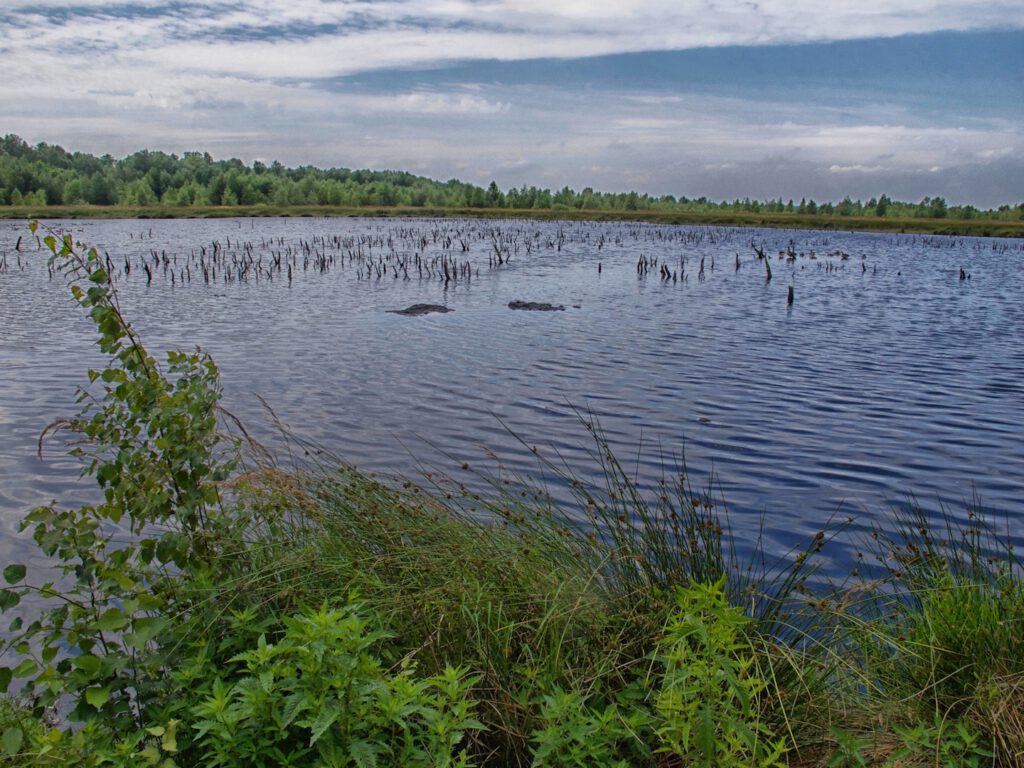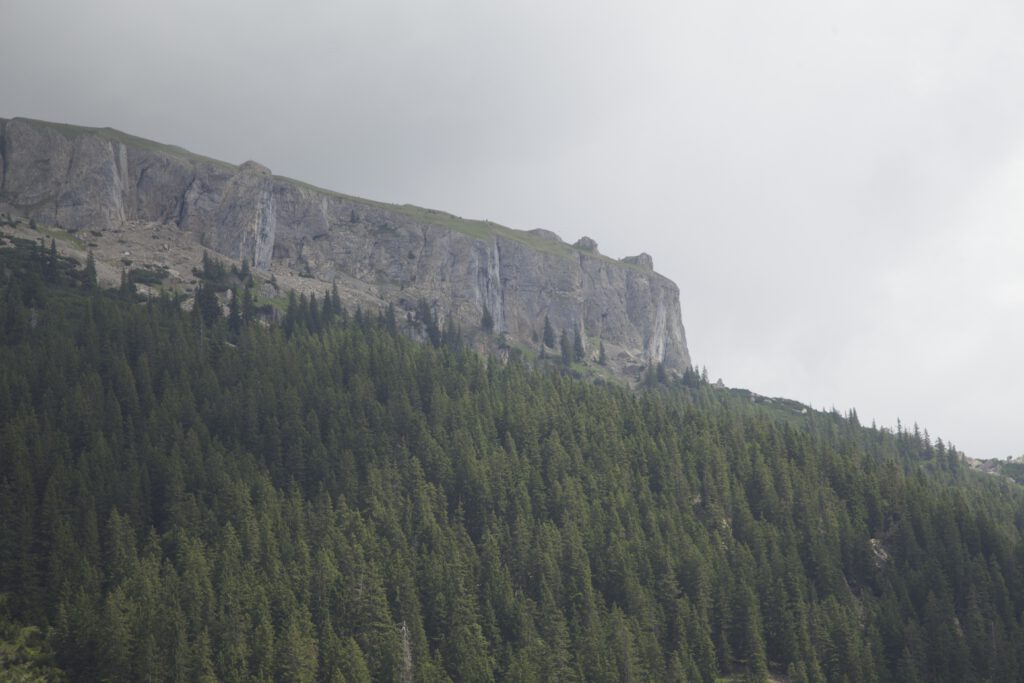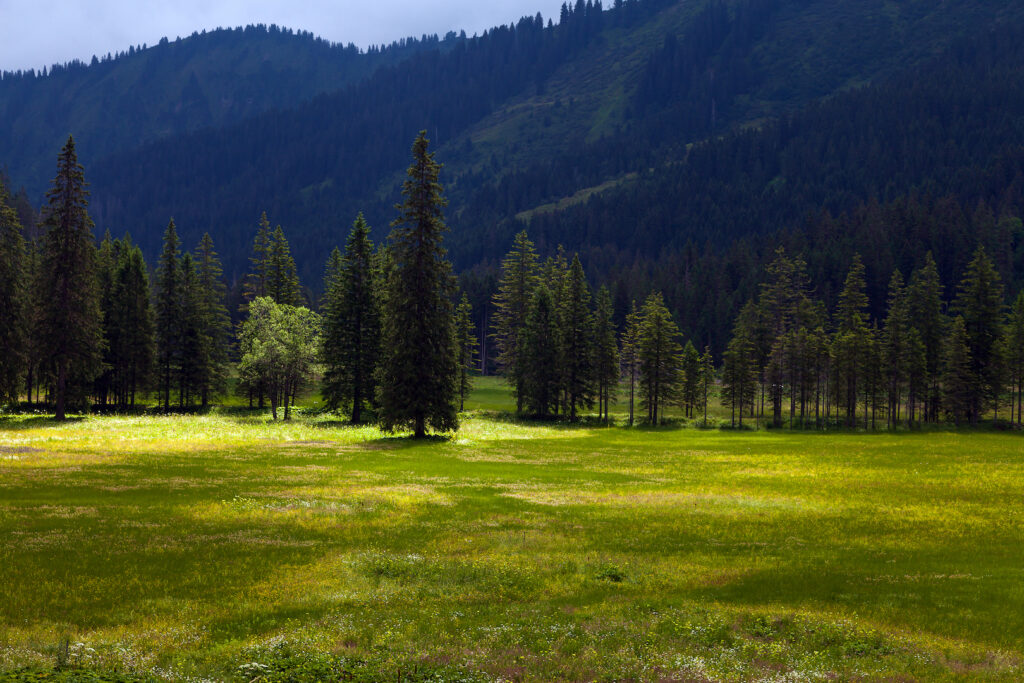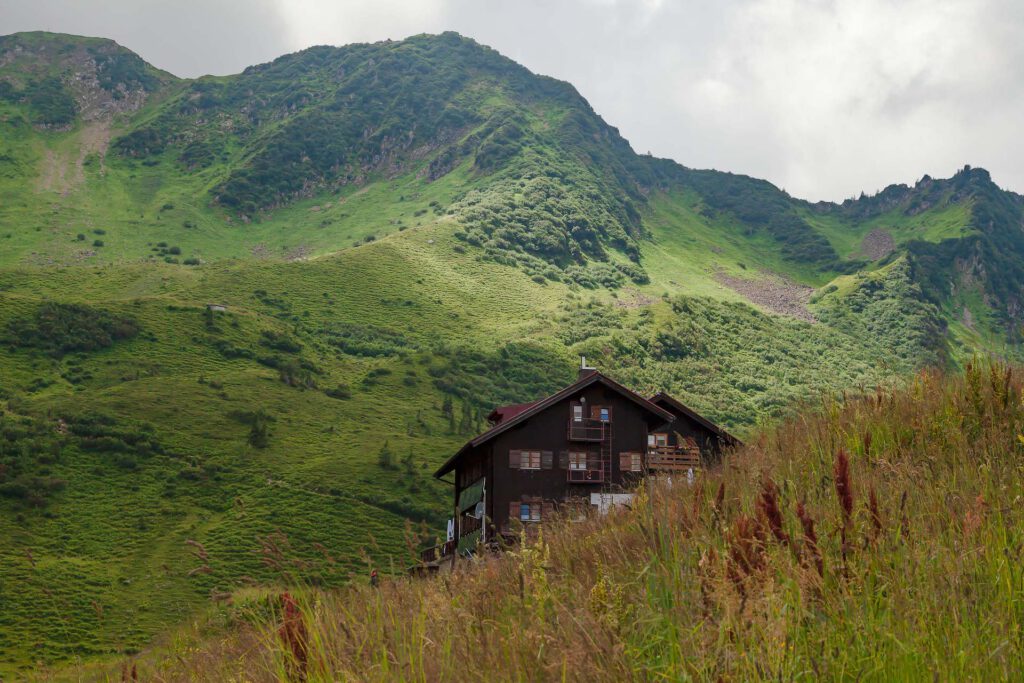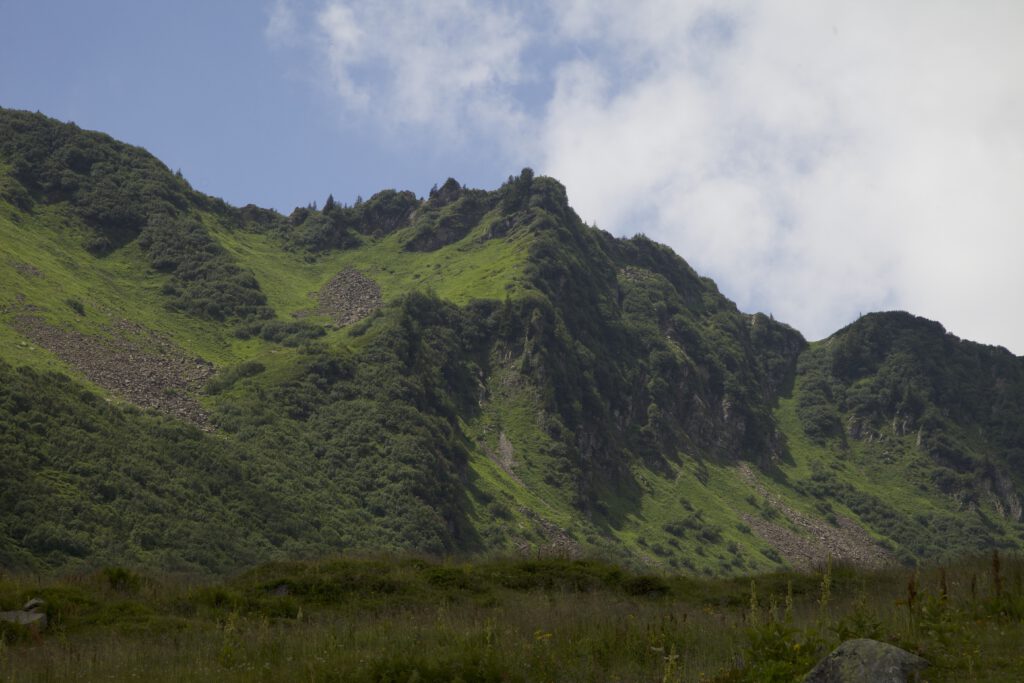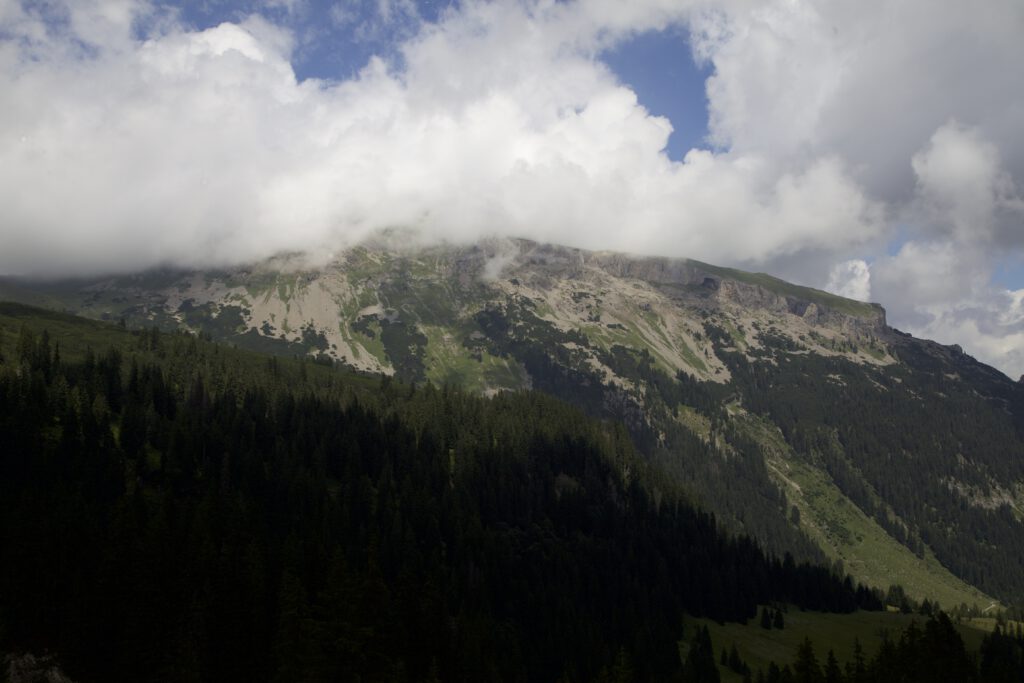Blautopf, Blaubeuren – Ein Ort romantischer Sagen und Märchen
von Peter Engelmann, 10. August 2022
Habt ihr schon einmal nach einem Motiv gesucht, um die deutsche Romantik in Reinform darzustellen? Der Blautopfsee bei Blaubeuren auf der Schwäbischen Alb ist genau so ein Motiv.
Der Blautopfsee ist die zweitgrößte Karstquelle Deutschlands und dient als Quelle des Flusses Blau. Seine Besucher sehen ein magisch erscheinendes Gewässer, dessen intensive Farbe zwischen Blau und Smaragdgrün changiert und sich immer wieder verändert. Der Blautopf sieht aus wie ein riesiges Auge oder wie ein Portal zu einer anderen Welt.
Was brauchen wir noch für eine romantische Märchenkulisse? Genau: ein rauschendes Mühlrad, eine geheimnisvolle Schmiede und eine mittelalterliche Stadt – es ist alles vorhanden.
Jede Menge Motive
Genau gegenüber vom tiefblauen See befindet sich eine historische Hammerschmiede. Auch wenn das heute darin untergebrachte Café und das Informationszentrum für Touristen uns zurück in die Gegenwart holen, stören diese Einrichtungen den romantischen Eindruck nicht im Geringsten. Wer hätte schon etwas gegen eine Tasse Kaffee am Ufer des Blautopfes, mit Blick auf die glitzernde Wasseroberfläche, die die umgebenden Baumkronen spiegelt?
In unmittelbarer Nähe schließt sich das Städtchen Blaubeuren mit seinen zahlreichen pittoresken Fachwerkhäusern im alemannischen Stil, teilweise noch mit mittelalterlicher Bausubstanz und unter strengem Denkmalschutz, und seiner berühmten spätgotischen Klosteranlage an. Um das romantische Panorama zu komplettieren, thronen malerische Burgruinen auf den Hügeln über dem Tal.
Der Blautopf und Blaubeuren liegen inmitten eines breiten Tals unweit von Ulm, der größten Stadt in der Nachbarschaft. Sie sind beliebte Touristenziele.
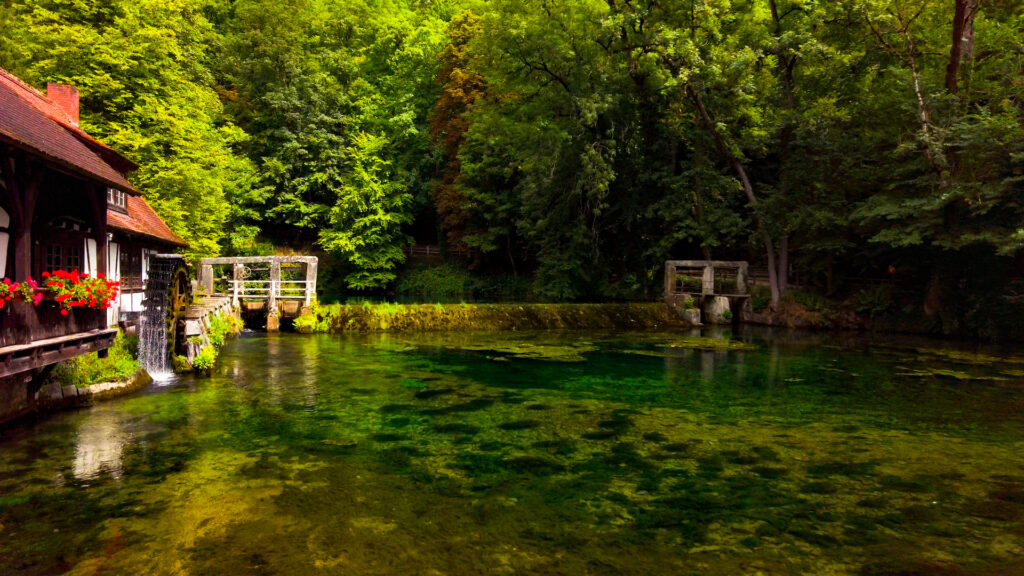
Romantische Fantasie
Es ist kaum verwunderlich, dass der Blautopf mit seiner außergewöhnlichen Farbe und seiner unauslotbaren Tiefe eine Inspiration für viele Volksmärchen und romantische Geschichten war. Angeblich stahlen Nixen regelmäßig das Tiefenlot, wenn Forscher versuchten, Messungen vorzunehmen. Schriftsteller wie E. T. A. Hoffmann oder Ludwig Tieck und Maler wie Caspar David Friedrich und Johann Friedrich Overbeck prägten im frühen 19. Jahrhundert das Zeitalter der Romantik. In dieser Ära wurde die Karstquelle zunehmend bekannter, weil sie die romantische Fantasie anregte. Die Übergänge zur nachfolgenden Epoche des Biedermeier waren fließend, und auch ihre Dichter ließen sich noch vom Blautopf inspirieren.
Die schöne Lau
Eduard Mörike, ein bekannter deutscher Romancier und Dichter des Biedermeier, verarbeitete viele Geschichten aus der Region in seinem Märchen „Das Stuttgarter Hutzelmännlein“ (1853). Es ist die Geschichte eines Wandergesellen, der von Stuttgart nach Blaubeuren reist. In diese Rahmenhandlung baute Mörike mehrere Binnengeschichten ein, darunter die „Historie von der Schönen Lau“: Die Meerjungfrau Lau lebt mit ihrem Mann, einem Wassernix, an der Donaumündung. Weil sie nicht lachen kann, wird sie von ihm verstoßen und auf den Grund des Blautopfes gesperrt. Schließlich kommt ihr die Wirtin des Gasthauses Nonnenhof, eine waschechte Schwäbin, mit ihren Scherzen zu Hilfe – Lau kann herzlich lachen und ist rehabilitiert. Eine kleine Statue am See erinnert an ihre Geschichte, doch viel romantischer ist es, sich vorzustellen, dass das Gras auf der Wasseroberfläche in Wahrheit ihre langen Haare sind, die aus der Tiefe emporsteigen …
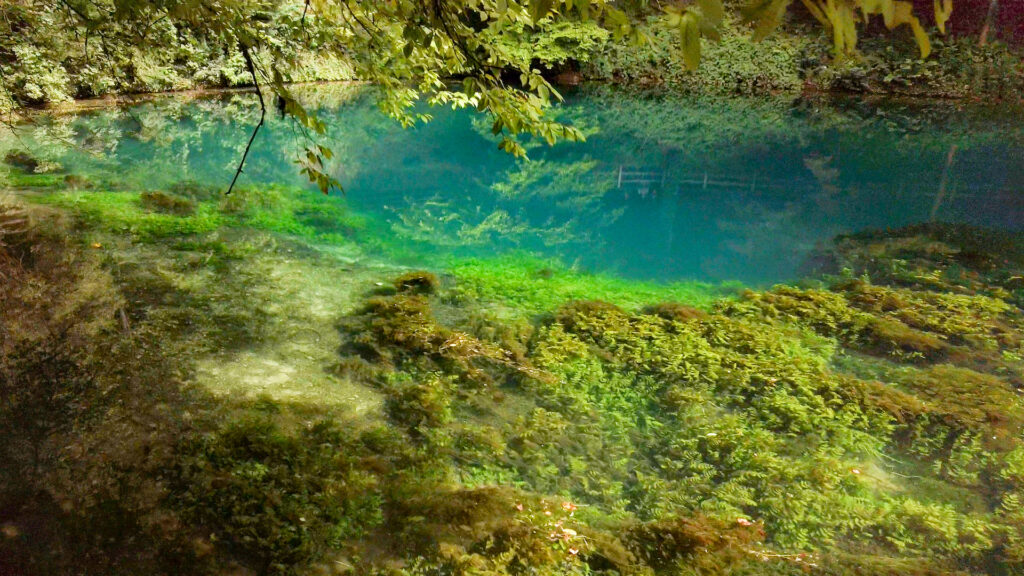
Eines der beeindruckendsten Wasserhöhlensysteme Deutschlands
Moderne wissenschaftliche Entdeckungen in der Region sind indes noch fantastischer als die reiche Imagination romantischer Schriftsteller. Offiziell ist das Quellbecken 22 Meter tief, aber auf seinem Grund ist man noch lange nicht am Ende: Der Blautopf ist der Eingang zu einem unglaublichen Höhlensystem. Taucher nutzen den Blautopfsee als Einstiegspunkt für Expeditionen in das monumentale Höhlensystem „Blauhöhle“. Es ist in der Tat ein Portal zu einer anderen Welt.
Höhlentauchen ist ein gefährlicher Sport. Weil es unter Hobbytauchern immer wieder zu Unfällen kam, darunter auch tödliche, hat die Gemeinde den Blautopf seit den 1980er-Jahren für die Allgemeinheit gesperrt. Es gibt nur wenige Sondergenehmigungen, darunter für den Verein „Arbeitsgemeinschaft Blautopf“, der das Höhlensystem erforscht. Die Wasserhöhle wurde in den Jahren 1960–62 entdeckt. Später machte der Forscher und Taucher Jochen Hasenmayer weitere unglaubliche Entdeckungen. Die meisten Teile der Höhle befinden sich unter Wasser, aber es gibt riesige Gewölbe, die aus ausgetrockneten Unterwasserseen und riesigen Stalaktiten bestehen. Höhlenforscher sind fasziniert von dieser geheimen unterirdischen Welt, die noch viele Geheimnisse birgt. Bis heute ist dies ein gefährliches Terrain, das für die Öffentlichkeit nicht zugänglich ist. Es gibt jedoch erstaunliche Dokumentationen über Expeditionen in das Höhlensystem, wie „From The Blue, Into The Dark“, die sehr zu empfehlen sind.
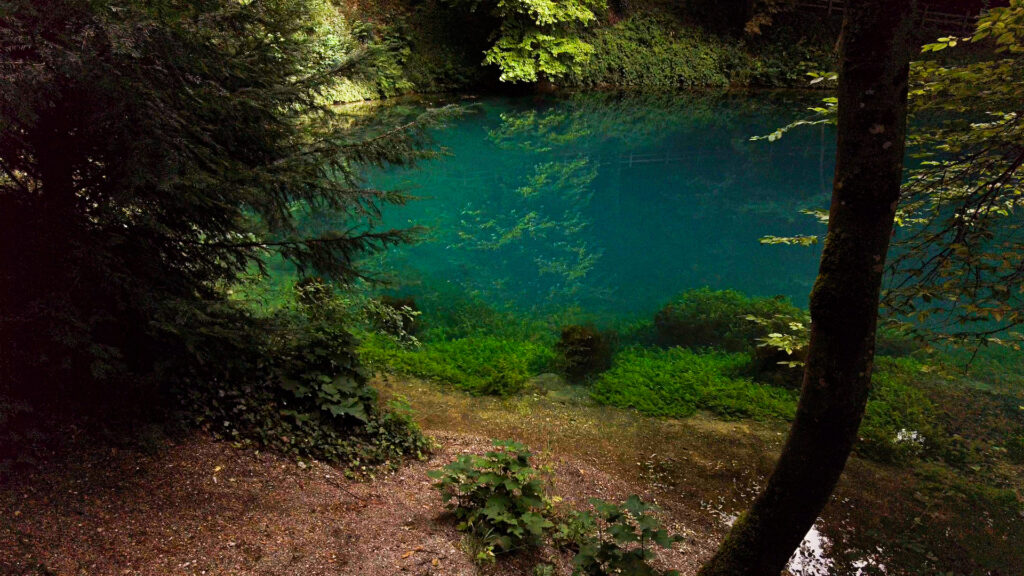
Praktische Hinweise
Die beste Zeit für Fotografie und Videografie sind im Sommer die Morgenstunden. Der Blautopf ist ein Motiv, das besser aussieht, wenn die Sonne scheint. Seine beeindruckende blaugrüne Farbe entsteht durch die nanoskaligen Kalksteinpartikel. Sie sind dicht im See verteilt und bewirken einen Streulichteffekt.
Vielleicht solltet ihr aber auch den Herbst für einen Besuch in Betracht ziehen. Bei den umgebenden Bäumen handelt es sich nämlich überwiegend um Laubbäume. Mit dem magisch blauen See auf der einen Seite und den rot und gelb gefärbten Blättern auf der anderen ergibt sich eine wunderbare Farbpalette.
Anfahrt und Weg
Das Blautopf ist leicht erreichbar. Vom Bahnhof Blaubeuren sind es 25 Gehminuten. Blaubeuren ist ca. 16 km von Ulm entfernt. Die Bahnfahrt beträgt ab Ulm ca. 12 Minuten; Züge fahren häufig. Stuttgart ist ca. 80 km von Blaubeuren entfernt. In der Nähe des Blautopfs befindet sich ein großer Parkplatz.
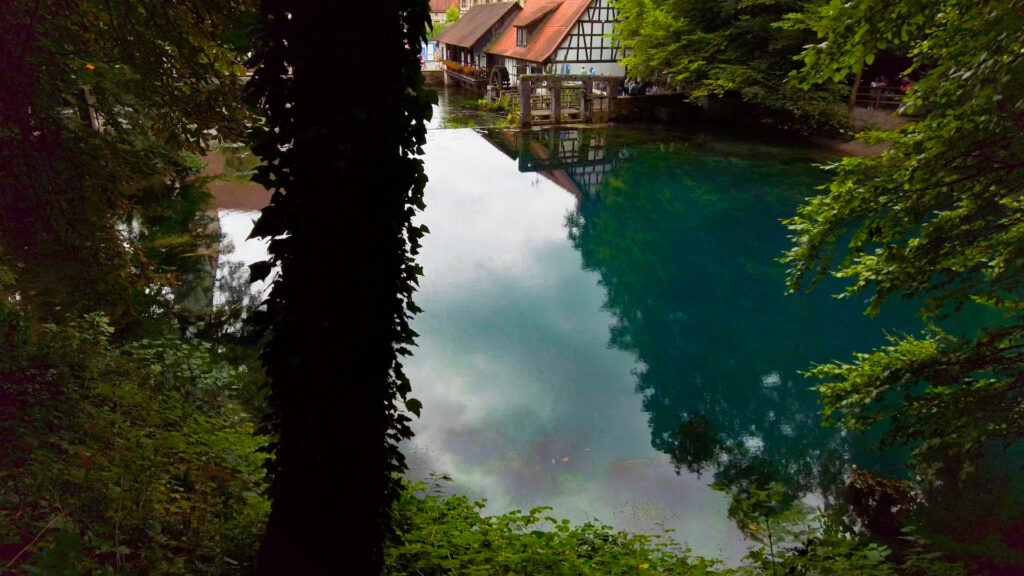
Ein schöner Rundweg führt um den Blautopfsee. Von dort gibt es viele verschiedene Perspektiven auf das blaue Wasser und die Hammerschmiede.
Nach der Umrundung des Blautopfs führt der Weg direkt in das mittelalterliche Städtchen Blaubeuren.
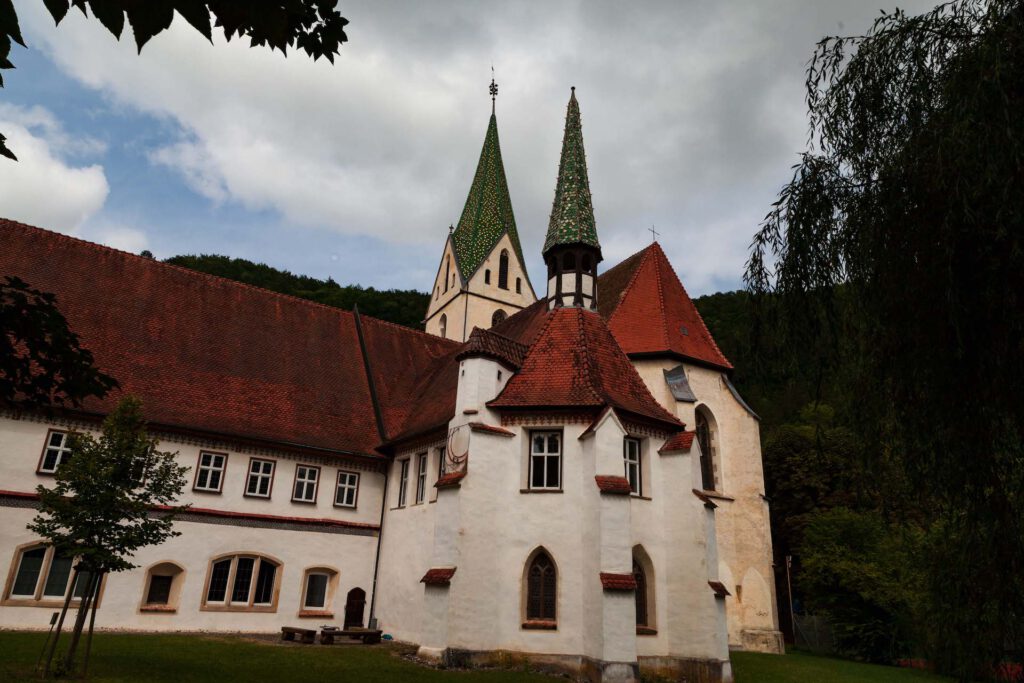
In der Nähe des Blautopfs befindet sich das spätmittelalterliche Kloster Blaubeuren, in dem ein Museum untergebracht ist. Auf dem Klostergelände liegt auch das historische Badehaus der Mönche, das ebenfalls besichtigt werden kann. Wenn noch Zeit bleibt, ist das URMU, das Urgeschichtliche Museum, ein weiteres Highlight in dieser erstaunlichen Stadt. Spuren menschlicher Präsenz auf der Schwäbischen Alb reichen bis 40 000 v. Chr. zurück, und das Museum zeigt einige außergewöhnliche Relikte. Zu ihnen gehört der „Löwenmensch“, der als geheimnisvollstes und größtes Kunstwerk der jüngeren Altsteinzeit gilt.
Deutsche Bearbeitung: Redaktionsbüro Niemuth
Kategorien: Naturwunder, Sommer, Reisetipp, Unkategorisiert
Tags: Baden-Württemberg, Blaubeuren, Blautopf, Blautopfsee, Höhle, Karstquelle, Schwäbische Alb, Wasserhöhle
